"Pointing to the positive" is one of The 5 Qualities of Well-Told Advocacy Story and it serves as one of the most important foundations of the Living Proof Advocacy approach. Sometimes, it's also one of the most difficult qualities for storytelling advocates to achieve ... for two perfectly understandable reasons:

1. Advocacy aims to solve a problem. Personal stories help make others aware of that problem and understand the severity of it. It's easy to let your storytelling focus primarily on the problem ... because that's what you want desperately to change and enlist others to help solve.
2. The personal stories that led you to advocacy often arise from places of anger, pain, even trauma and loss. Those experiences remain ever-present and likely are at the core of why you speak out. So, it's easy to let your storytelling dwell in the darkness.
But "pointing to the positive" doesn't mean denying the darkness or sugar-coating your experience; it means finding the balance between negative and positive ... and working to favor personal storytelling that demonstrates the positive change for which you're advocating. Why?
Because dwelling on the negative is human nature—not just for those of us telling stories, but for those of us receiving them. Studies have shown repeatedly that the brain is drawn to negative stories and it is often the negative that remains firmly in our memories. As an advocate, you want to move audiences to positive action, not leave them with only an understanding of the problem or the pain. An analysis of 60 health communication studies, for example, showed that stories focusing on loss were less likely to be effective than positive messages.
It's a tough balance to strike, most definitely. But "pointing to the positive" remains a critical quality of the well-told advocacy story, ensuring that you leave audiences with the hope that problems can be solved and the living proof that darkness truly can give way to light.















